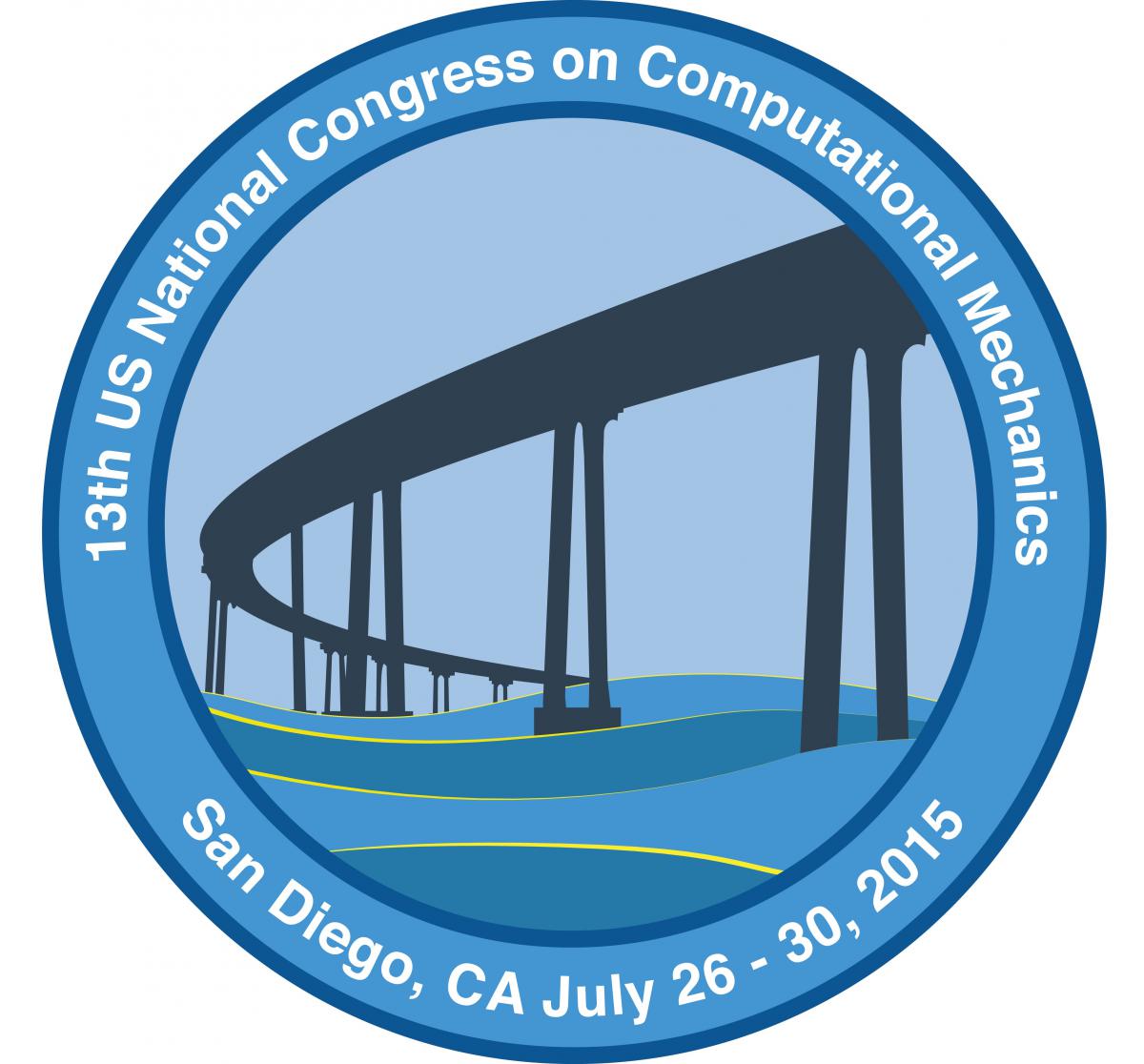Numerical Methods for Hydraulic Fracture Simulation
Hydraulic fracture is a technique that uses fluid at high pressure to generate tensile fissures in rocks. Besides being widely used in the oil and gas industry to stimulate hydrocarbon reservoirs, the technique has found applications in geothermal energy extraction, CO2 sequestration and mining operations. Hydraulic fractures form high permeability pathways for hydrocarbons to reach the wellbore, which improves the economics of resource extraction in formations with low intrinsic permeability.
The goal of this mini-symposium is to provide a forum for presenting novel numerical approaches to simulate hydraulic fracturing. Submissions may cover a broad array of numerical methods, including finite elements, Generalized/eXtended finite elements, finite element/finite difference, boundary element method, Peridynamics, Phase field methods, and so on. Contributions demonstrating the latest developments of simulation capabilities in commercial software are also encouraged. Given the complex coupling between rock deformation, fracture mechanics, fluid flow (in fractures and in permeable rock) and proppant transport that govern the hydraulic fracturing process, methods that provide novel approaches to couple these interacting phenomena are also of interest. In addition, as these phenomena may operate on vastly differing time and length scales, contributions describing multi-scale modeling approaches to hydraulic fracture are encouraged.





